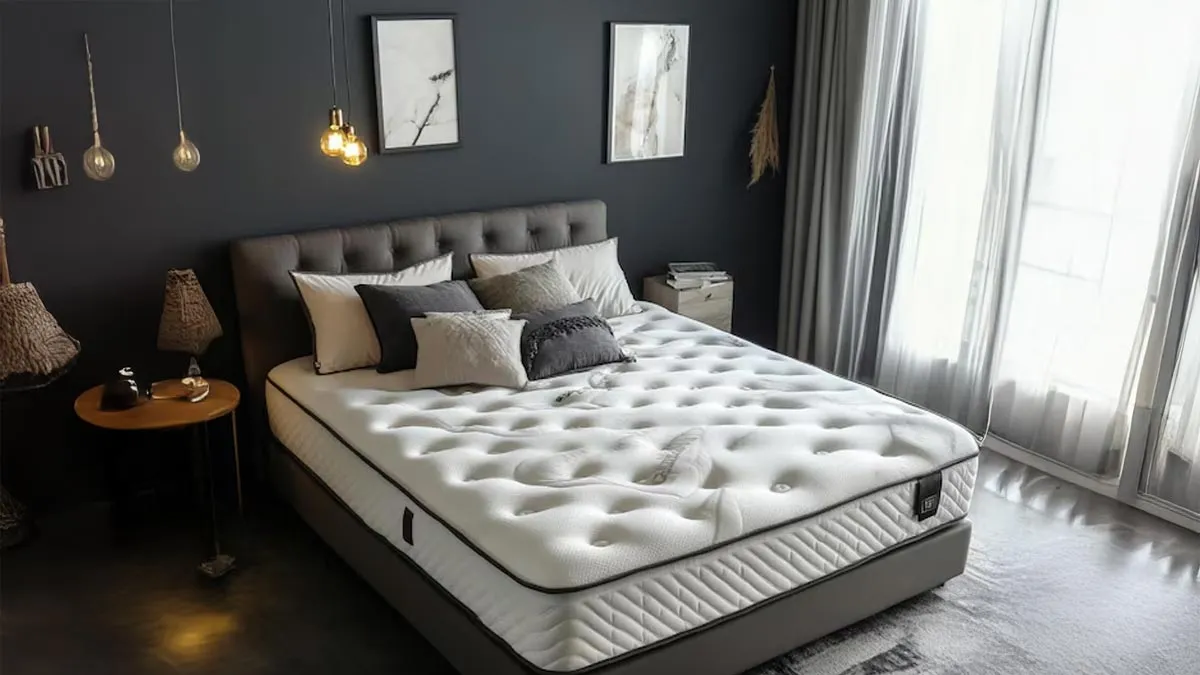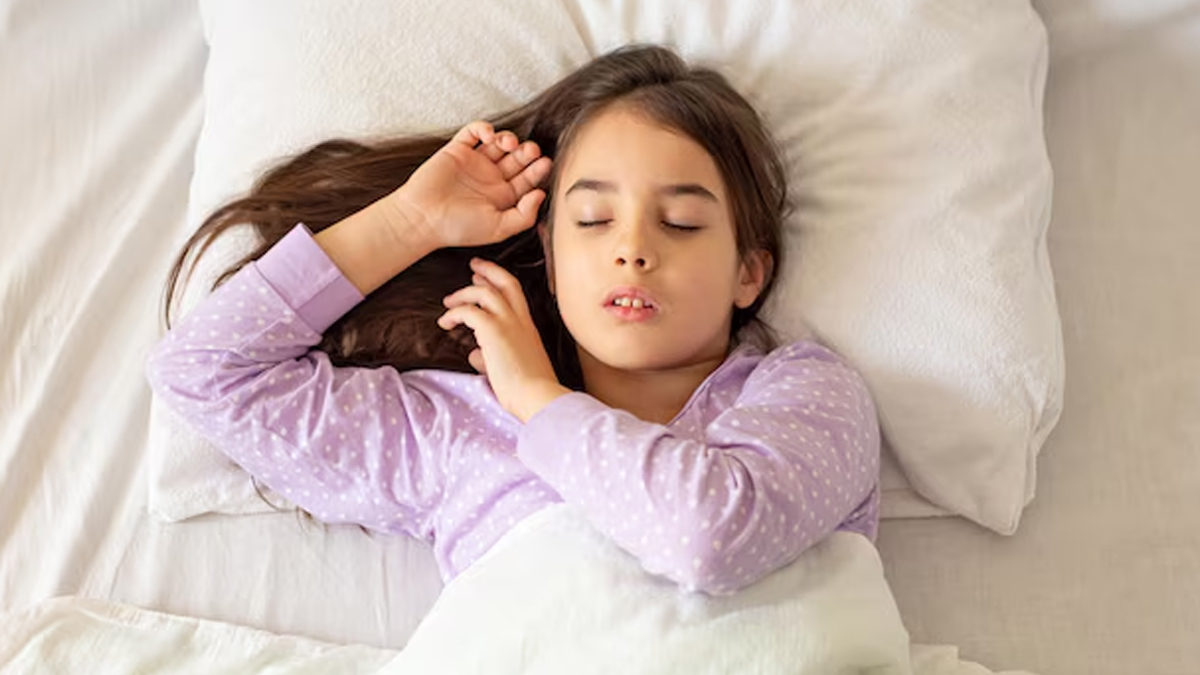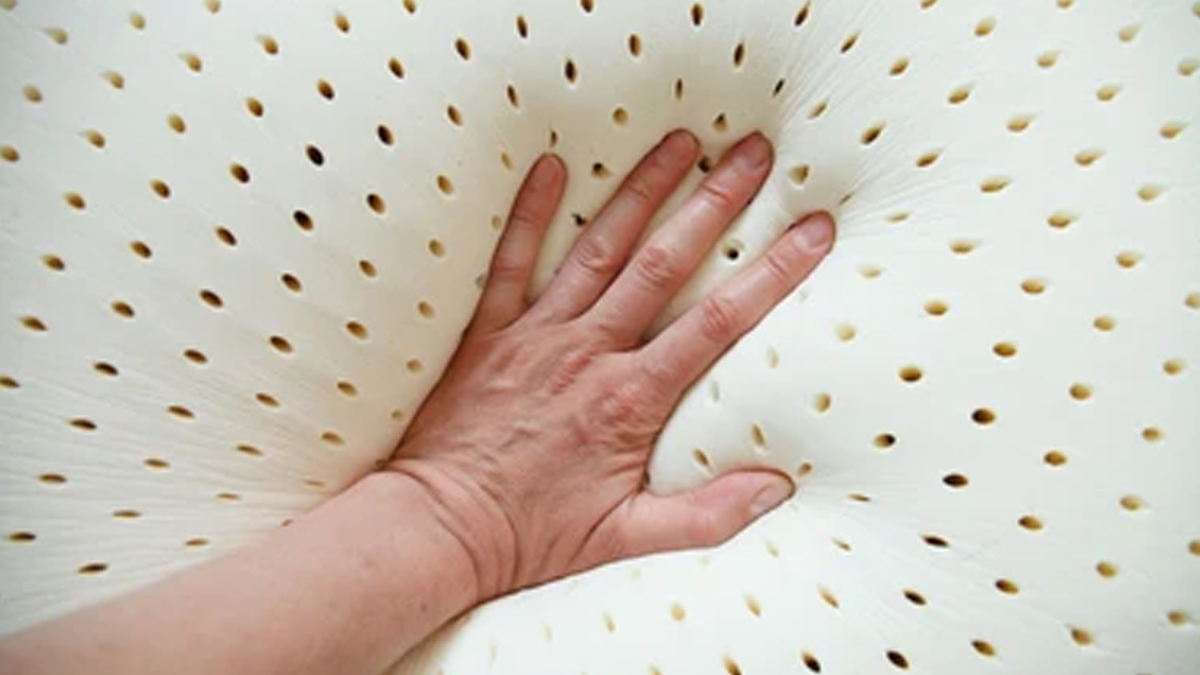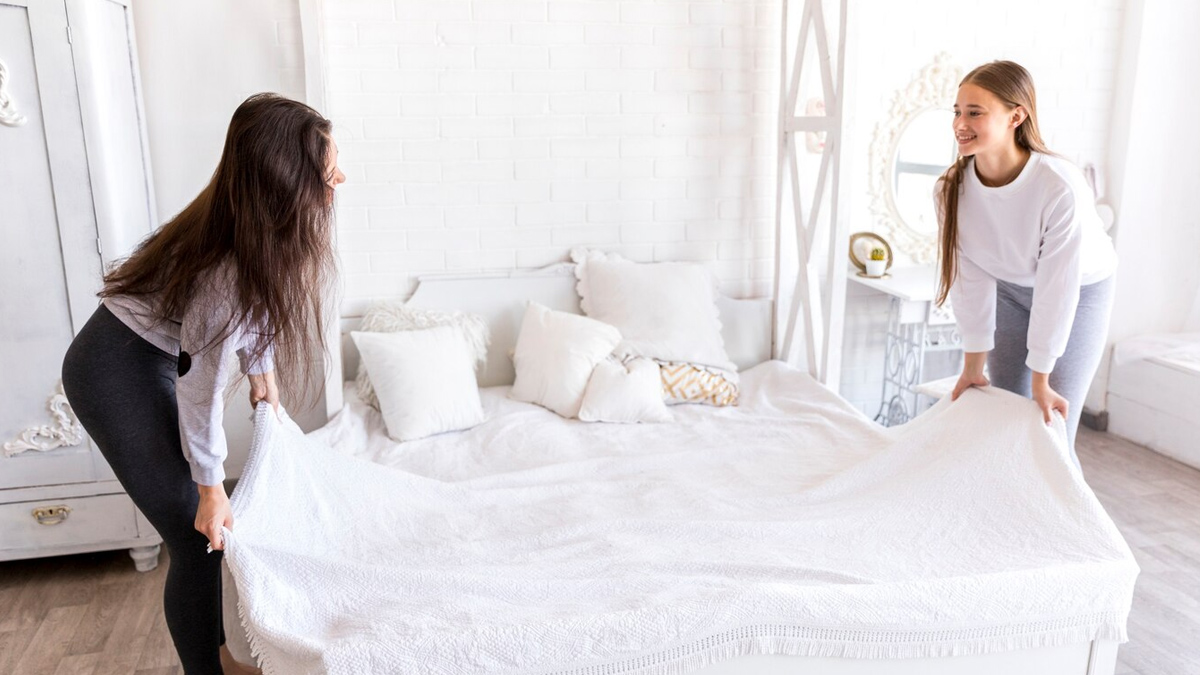
Is your child’s mattress silently compromising their health? It is a question that might not cross our minds often, but recent research suggests it should. We carefully childproof our living spaces, taping over sharp corners, locking cabinets, and keeping an eye on screen time. Yet the one spot where our kids spend most of their lives—their bed, maybe poisoning them with chemicals.
Table of Content:-

A study conducted in 2025 and published in Environmental Science and Technology highlights a concerning reality. Researchers examined the bedrooms of 25 children aged between 6 months and 4 years. The results were alarming: they discovered elevated levels of over two dozen harmful chemicals, including phthalates, flame retardants, and UV stabilisers, especially concentrated near the children's sleeping areas. These substances are neurotoxic and have been linked to developmental and hormonal issues.
The research, conducted by Professor Miriam Diamond from the University of Toronto, highlighted that new, low-cost mattresses are significant sources of these harmful chemicals. The problem gets worse when the child's body heat and body weight interact with the mattress and release more of the chemicals. The process is called 'off-gassing,' which may result in irritation to the lungs and airways, skin complaints, and lasting health problems.
Phthalates have been associated with early puberty, reproductive problems, genital defects, hormonal imbalances, and other health concerns, as stated by the National Institute of Environmental Health Sciences. Diamond added that In the study, they found elevated levels of phthalates that are prohibited in toys but not in mattresses.
Also Read: Here’s How Often You Should Change Your Mattress For A Healthy Sleep
Safer Alternatives for a Healthier Sleep
Here are some non-toxic alternatives available that prioritise both safety and comfort:

- Natural Latex: Derived from rubber tree sap, natural latex is durable, breathable, and resistant to mould and dust mites. It emits significantly fewer VOCs compared to synthetic foams.
- Organic Cotton and Wool: These materials are grown without harmful pesticides and are naturally flame-resistant, eliminating the need for chemical treatments.
Why Are These Chemicals Present?
Conventional mattresses are made of polyurethane foam, a petroleum-based, highly flammable material. To satisfy safety regulations, these mattresses tend to be treated with chemical flame retardants. These chemicals do deteriorate, though, releasing toxic chemicals into the indoor environment over time. Additionally, chemicals, including vinyl and synthetic latex used in mattresses, can emit Volatile Organic Compounds (VOCs), which further compromise indoor air quality.
Also Read: Memory Foam Vs. Spring: Which Mattress Should You Go For?
Practical Steps for Parents
While investing in a non-toxic mattress is ideal, there are other steps parents can take:

- Air Out New Mattresses: Have new mattresses off-gas in a well-ventilated room before use.
- Use Protective Covers: Use mattress protectors made of organic cotton or wool to have a layer between your child and possible toxins.
- Regular Cleaning: Clean bedding regularly and make sure the sleeping environment is rid of unnecessary clutter that collects dust and chemicals.
- Neutral Colour: Choose mattresses and sheets with neutral colours since they can contain fewer UV filters.
Bottomline
By educating ourselves and taking action, we can make smart choices that ensure children's bedrooms are as safe and healthy as they can be. It is not about being comfortable; it's about protecting their future, night by restful night.
[Disclaimer: This article contains information for informational purposes only. Hence, we advise you to consult your professional if you are dealing with any health issue to avoid complications.]
Read Next
Power Of Summer Sleep: How Longer Days And More Sunshine Can Improve Sleep Patterns And Fertility
How we keep this article up to date:
We work with experts and keep a close eye on the latest in health and wellness. Whenever there is a new research or helpful information, we update our articles with accurate and useful advice.
Current Version